If you spend a lot of time using a computer, you've undoubtedly noticed that over time, some of the letters on your keyboard start to disappear. That leads to the question: Which keys on a keyboard tend to wear out the fastest?
Since keys wear out because of use, it's logical to assume that the keys that wear out the fastest are the ones we use most heavily. Back in the days before computers, when typewriters and typesetting machines were used to put words on paper, that was a fairly easy question to answer. As a trade publication called The Inland Printer noted back in 1898, it was widely accepted that the most-used key on keyboards was the space bar, followed by the letter E.
But habits changed these days. That's because a lot of people who were once casual computer users have switched to using smartphones and tablets with touchscreens to write emails and check out social media and videos, and the people who still use laptops are mostly either workers or computer gamers.
Gamers mostly order replacements for the W, A, S and D keys, as well as the arrow keys. People who use desktop and laptop computers for work, in contrast, tend to replace the vowel keys — A, E, I, O and U — and the spacebar and the arrow keys, which are the keys pressed most often when typing.
 |
| A gamer's keyboard - W, A, S, D are worn out more than the others |
| A regular user's worn out keyboard - observe the key 'W' is intact unlike in the case of the gamer's keyboard |
There are three ways to count letter frequency in English. The first method is to count letter frequency in root words of a dictionary. The second is to include all word variants when counting, such as "abstracts", "abstracted" and "abstracting" and not just the root word of "abstract". This system results in letters like "s" appearing much more frequently, such as when counting letters from lists of the most used English words on the Internet.
The third method is to count letters based on their frequency of use in actual texts, resulting in certain letter combinations like "th" becoming more common due to the frequent use of common words like "the". Absolute usage frequency measures like this are used when creating keyboard layouts or letter frequencies in old fashioned printing presses.
.svg/600px-English_letter_frequency_(alphabetic).svg.png) |
| Relative frequencies of letters in text |
.svg/600px-English_letter_frequency_(frequency).svg.png) |
| English letter frequencies in text, sorted by frequency |
In English, the space is slightly more frequent than the top letter (e) and the non-alphabetic characters (digits, punctuation, etc.) collectively occupy the fourth position (having already included the space) between t and a.











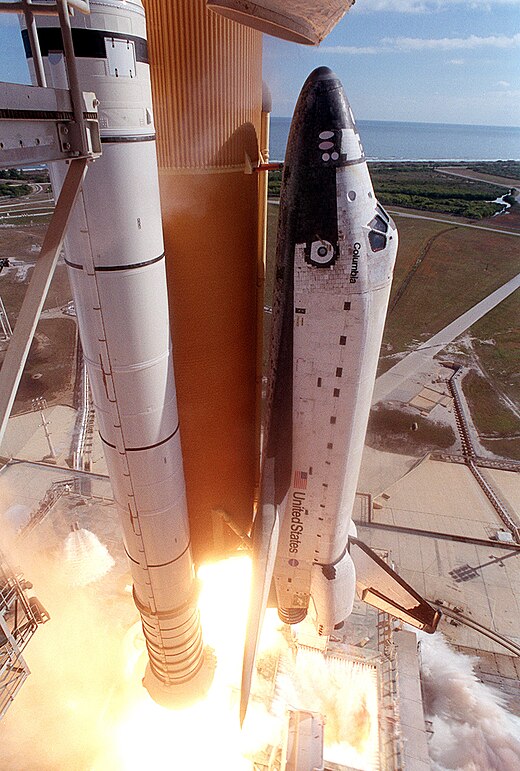

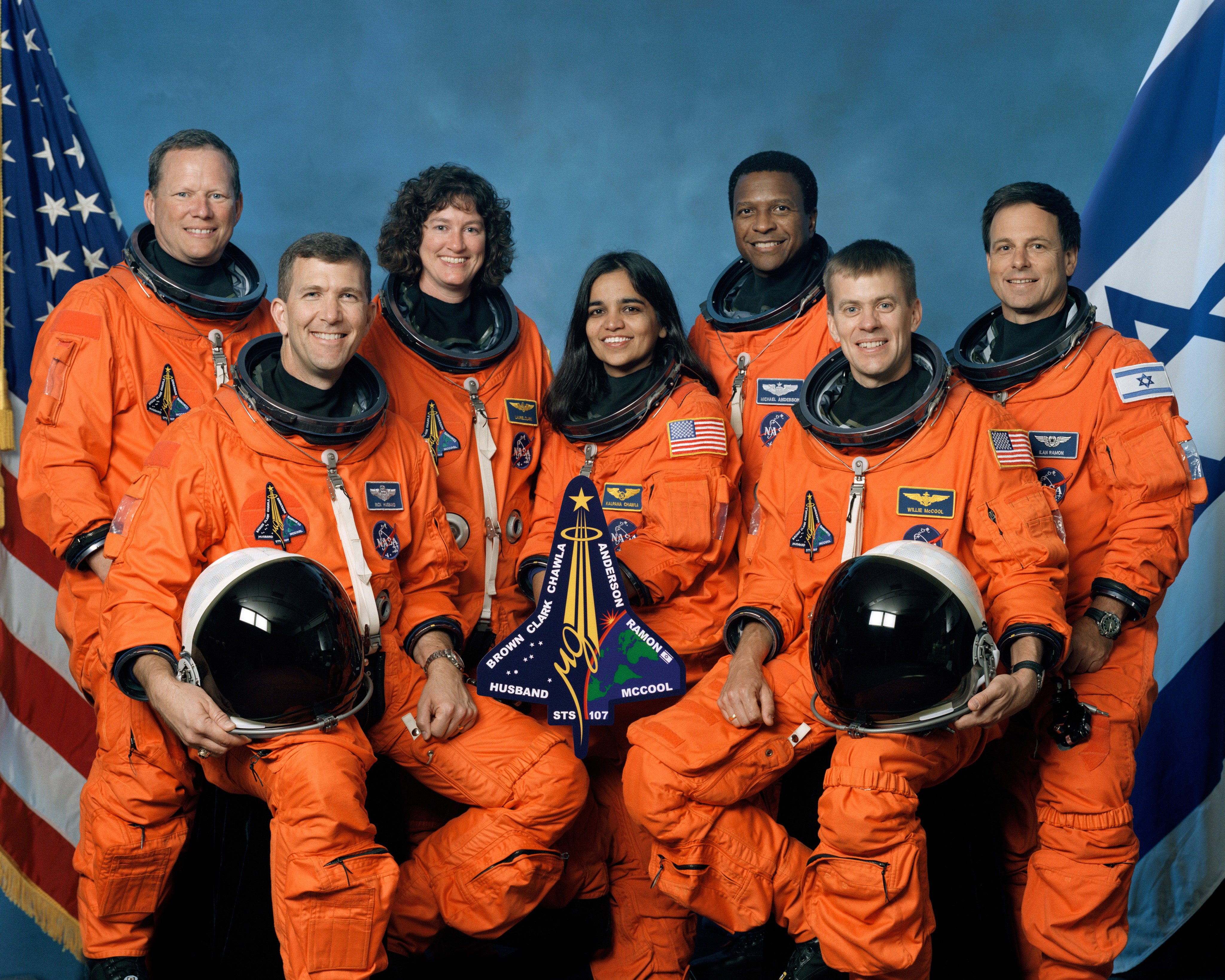



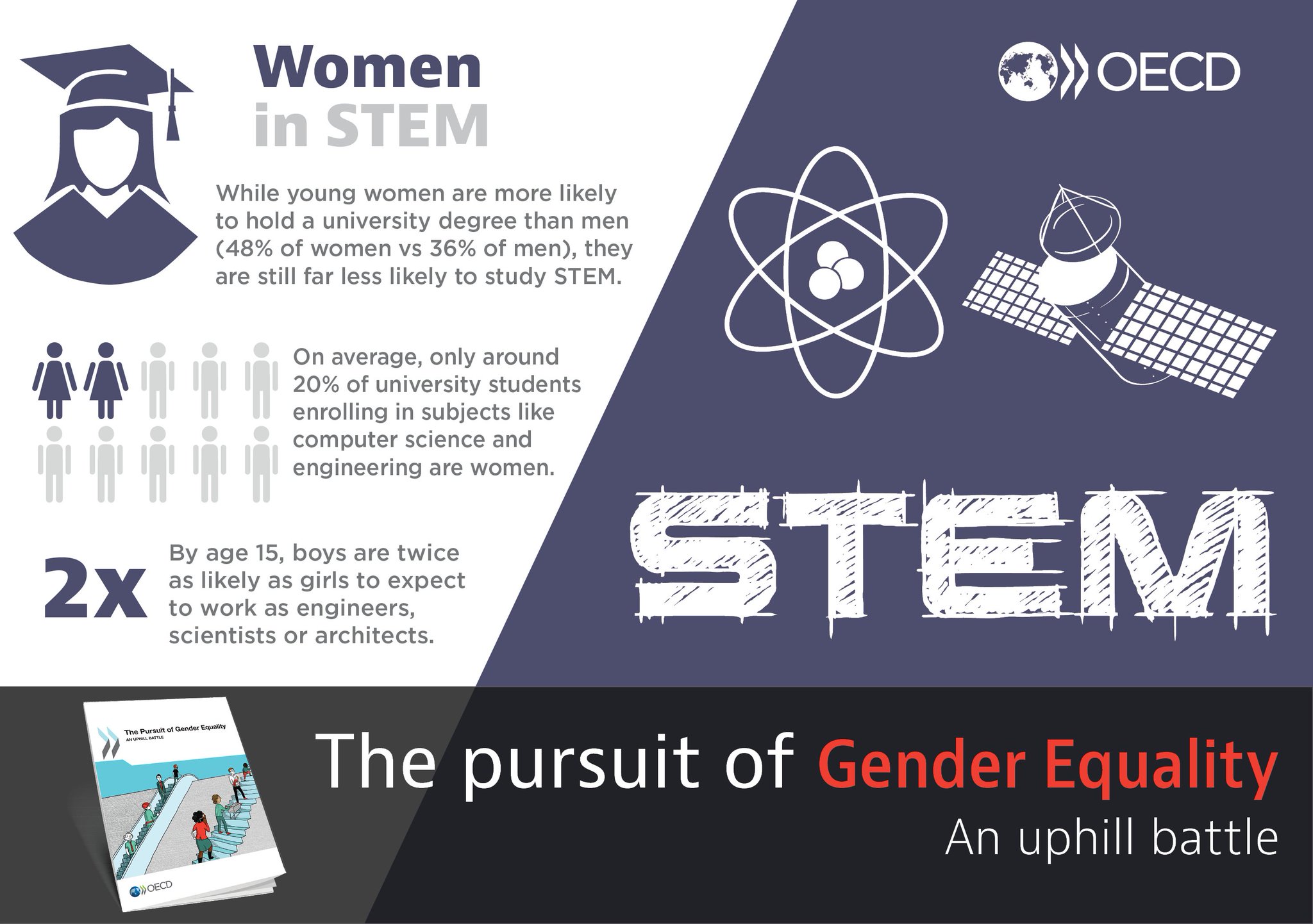

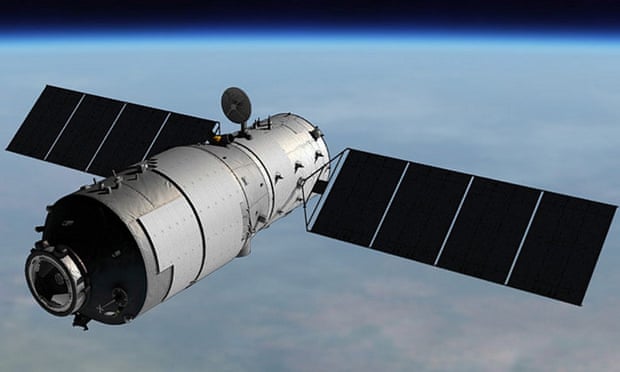
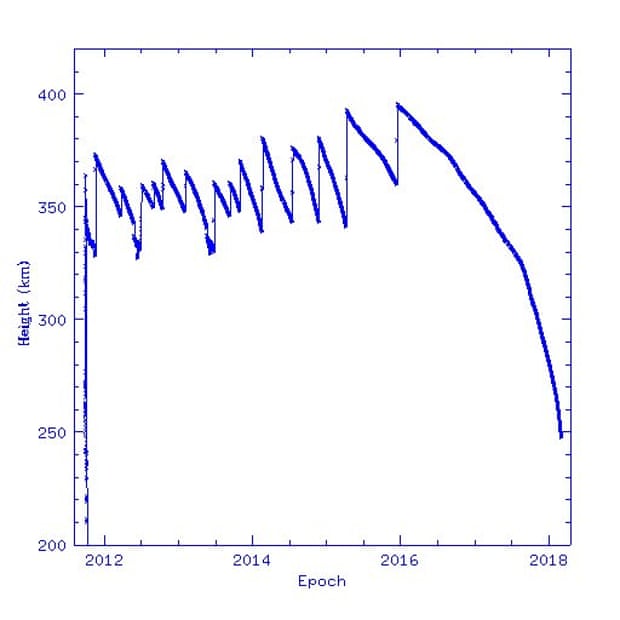


.jpg/800px-Skylab_(SL-4).jpg)